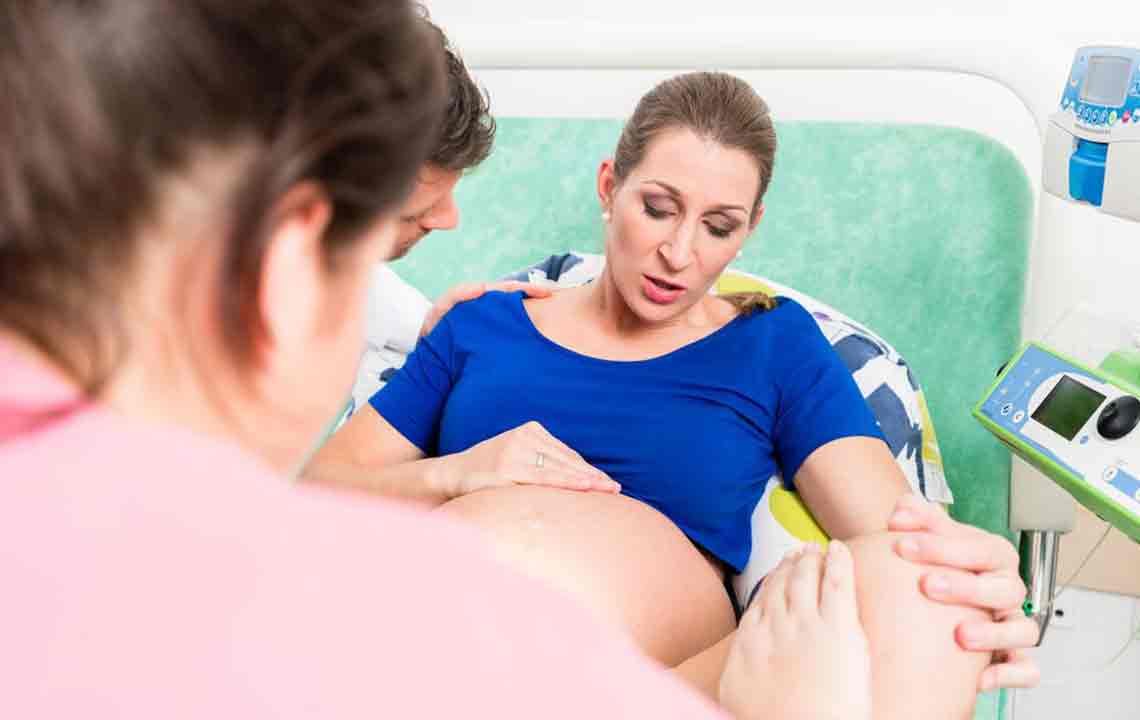Recognizing Early Symptoms of Preterm Birth
Early recognition of preterm labor signs is vital for pregnant women. Symptoms like cramps, abnormal discharge, pain, and contractions require prompt medical attention to prevent premature birth. Understanding risk factors such as multiple pregnancies, infections, and lifestyle choices can help in better management. Healthcare intervention and timely care improve outcomes for both mother and baby, ensuring healthier pregnancies and reducing complications associated with early labor.

Recognizing Early Symptoms of Preterm Birth
Preterm birth is a critical pregnancy complication occurring before 37 weeks of gestation. Several signs signal the possibility of preterm labor, but many women dismiss them as temporary discomforts. Prompt medical attention is essential to prevent complications and improve neonatal outcomes. Babies born before 23 weeks face high survival challenges, while those born at 25 weeks or later have better survival prospects but may encounter long-term health issues. Crucial organ development occurs between 34 and 37 weeks, making early detection vital.
Since lung development is the last to mature, healthcare providers often administer medications to enhance fetal lung growth if preterm delivery seems imminent. Recognizing warning signs early helps reduce risks and supports healthier pregnancies. Preterm labor can affect any pregnant woman, emphasizing the importance of awareness.
What are the common indicators of preterm labor? Pregnant women may notice menstrual-like cramps, which may coincide with diarrhea. An increase in vaginal discharge—pink or blood-tinged—can also be a warning. Pain during urination might indicate urinary tract infections, which require immediate treatment to prevent infection spread to the baby. Persistent dull ache in pelvic, lower back, thighs, or lower abdomen, along with frequent contractions (four or more in twenty minutes or eight per hour), are also signs.
Fever, fatigue, abdominal pain, sudden facial or hand swelling, and persistent vomiting may suggest preeclampsia—a serious condition that can trigger early labor if neglected. Preeclampsia involves high blood pressure and protein in urine after 20 weeks gestation, posing risks to both mother and baby.
If these symptoms appear, prompt medical consultation is crucial. Your doctor may perform examinations or tests to confirm preterm labor and recommend interventions such as medication, bed rest, or procedures like cervical cerclage. Early action enhances the chances of a healthier pregnancy outcome.
Factors increasing the likelihood of preterm labor include multiple pregnancies, infections, shortened or dysfunctional cervix, young maternal age, smoking, and drug use like cocaine. Awareness and timely care significantly contribute to preventing premature birth.










